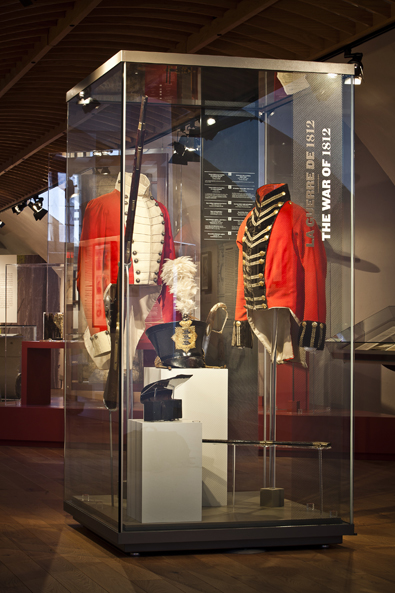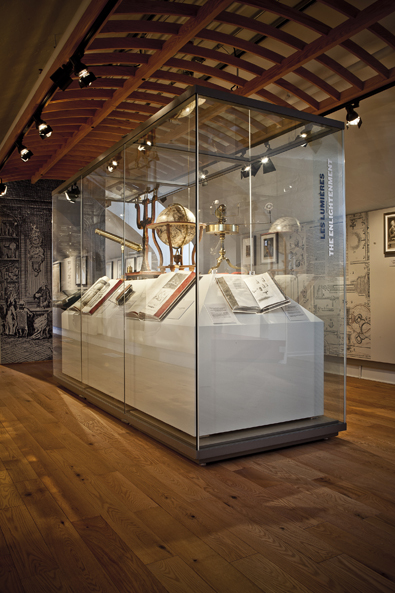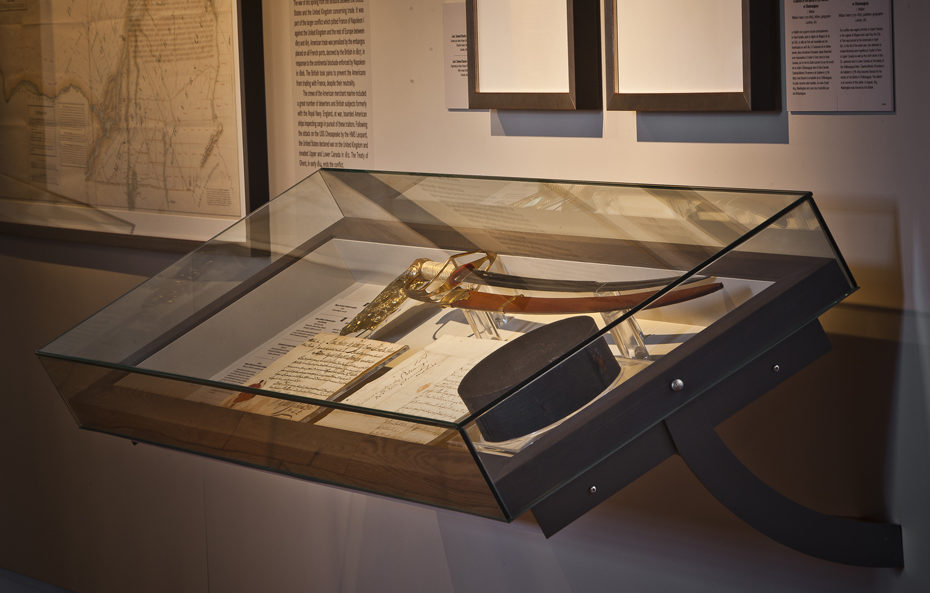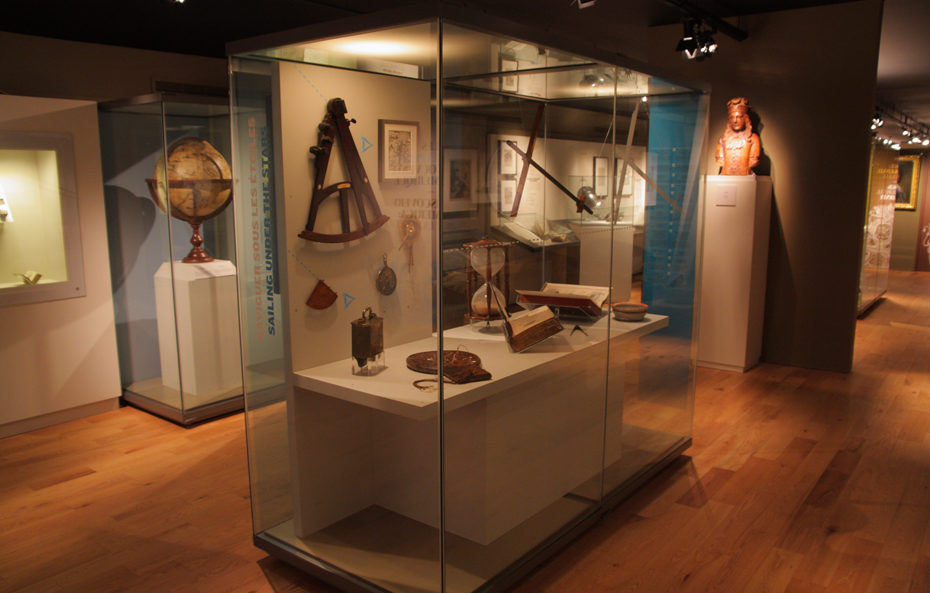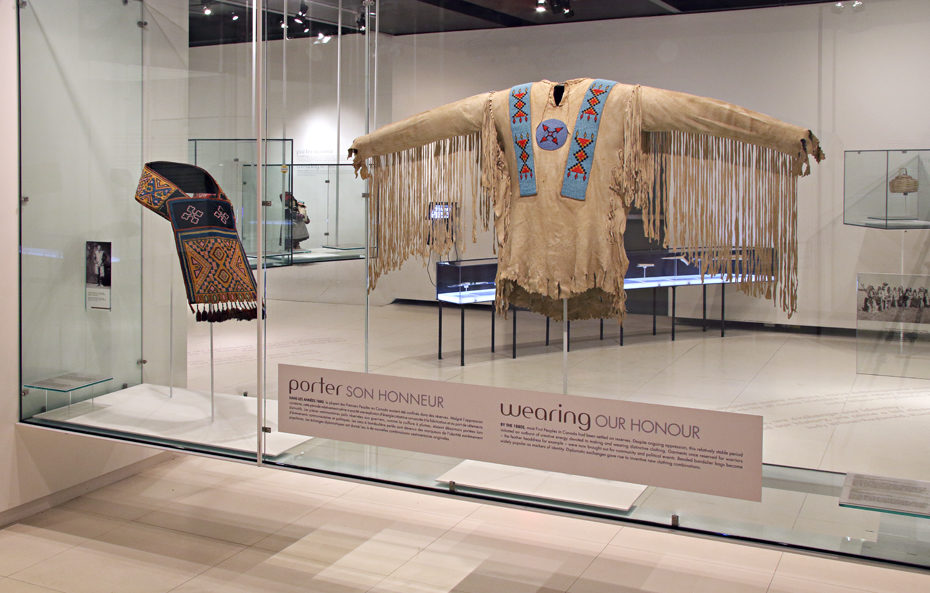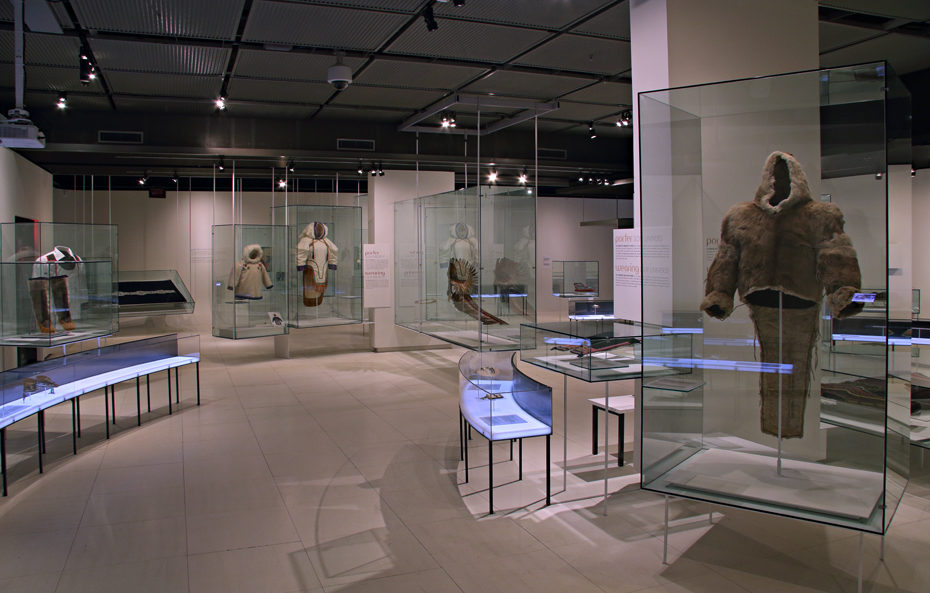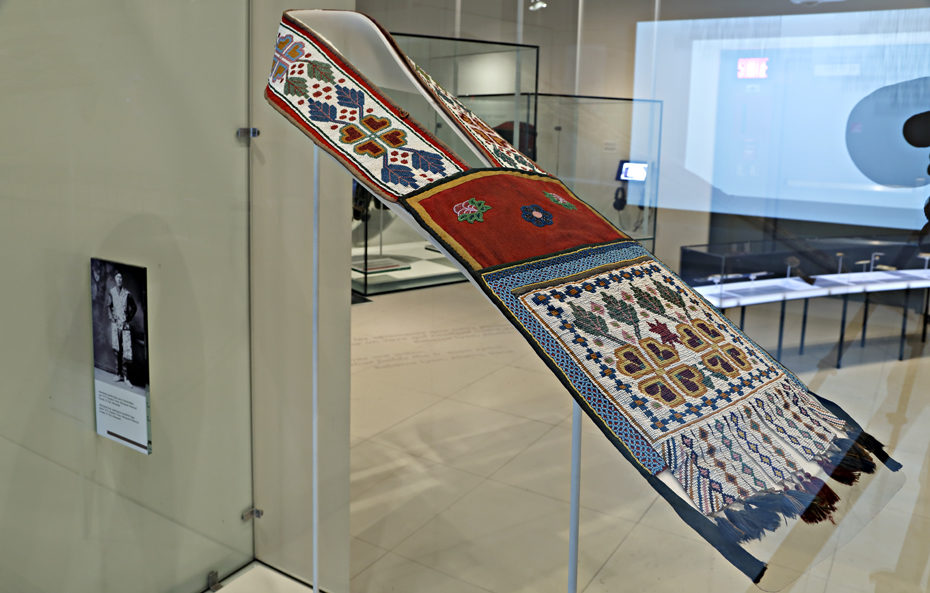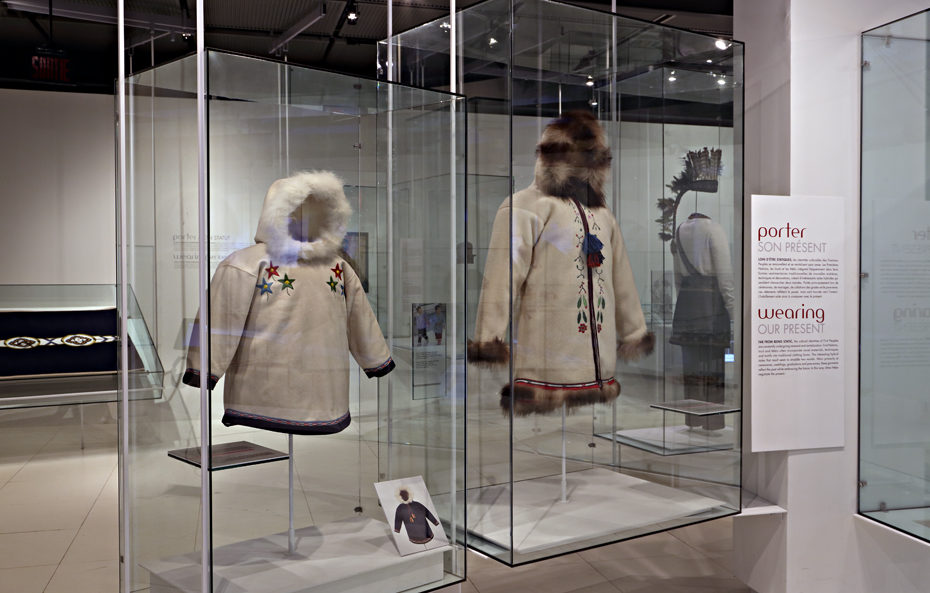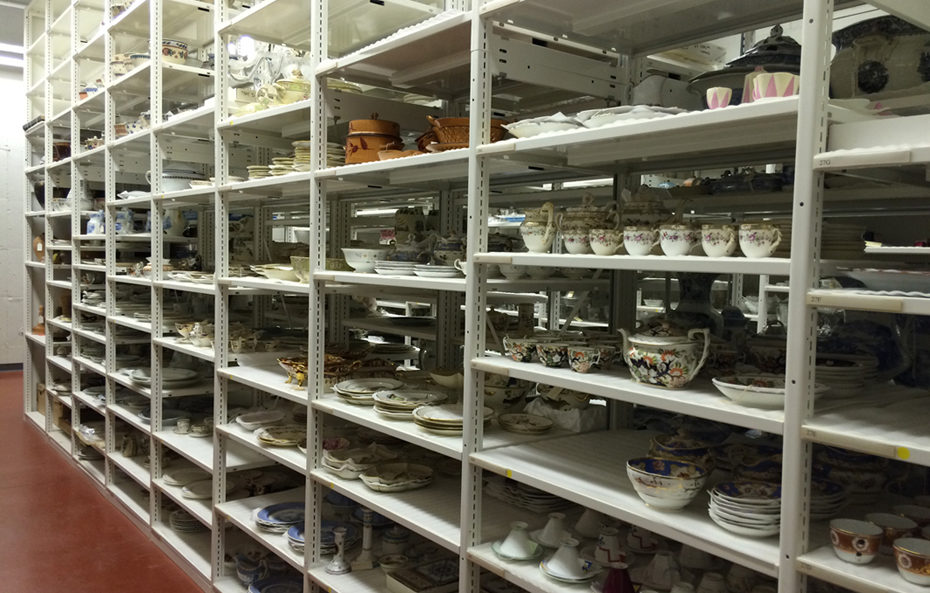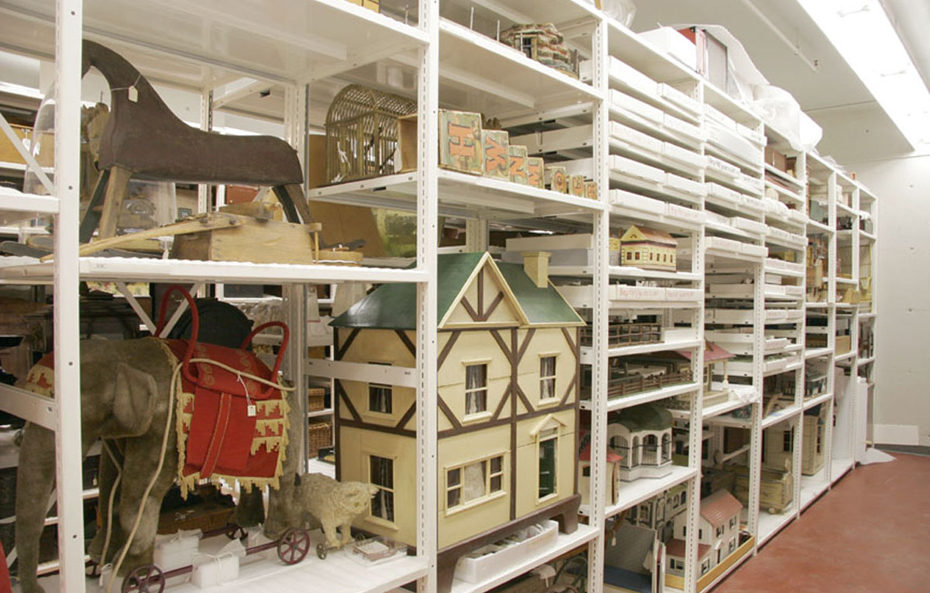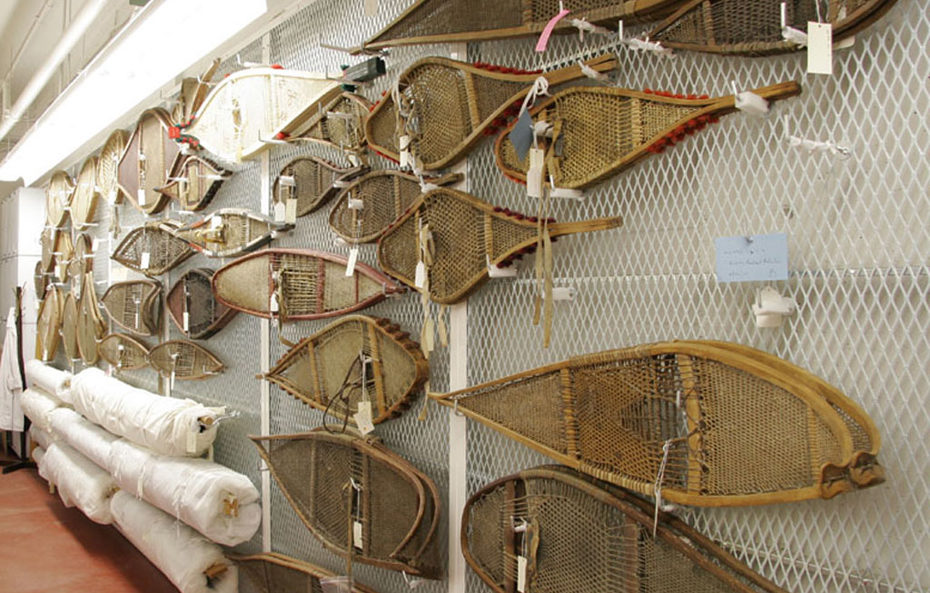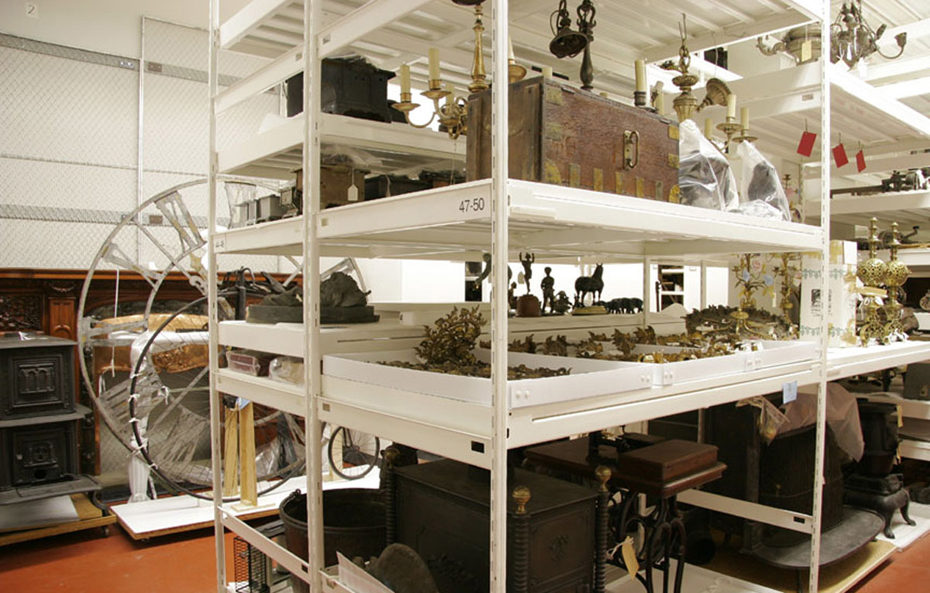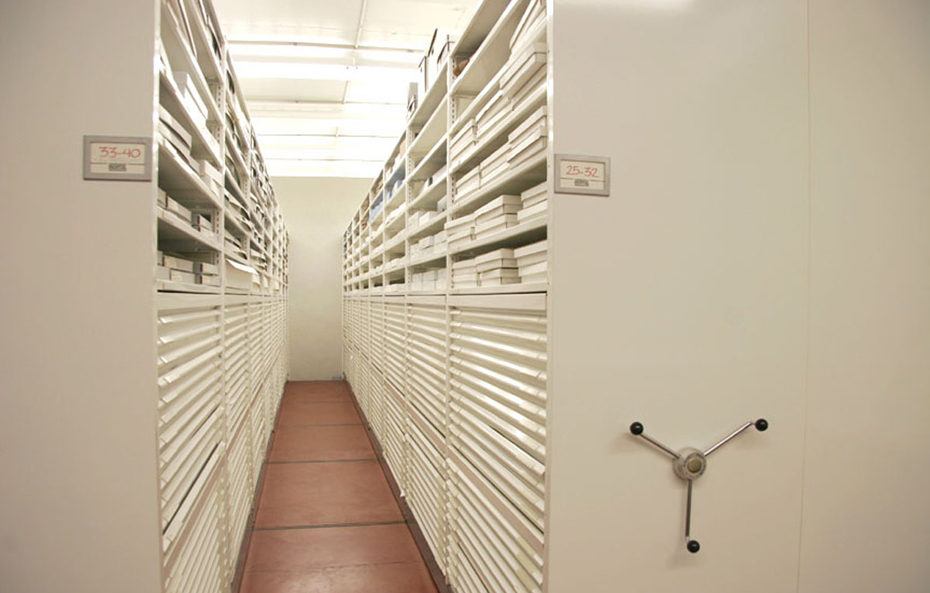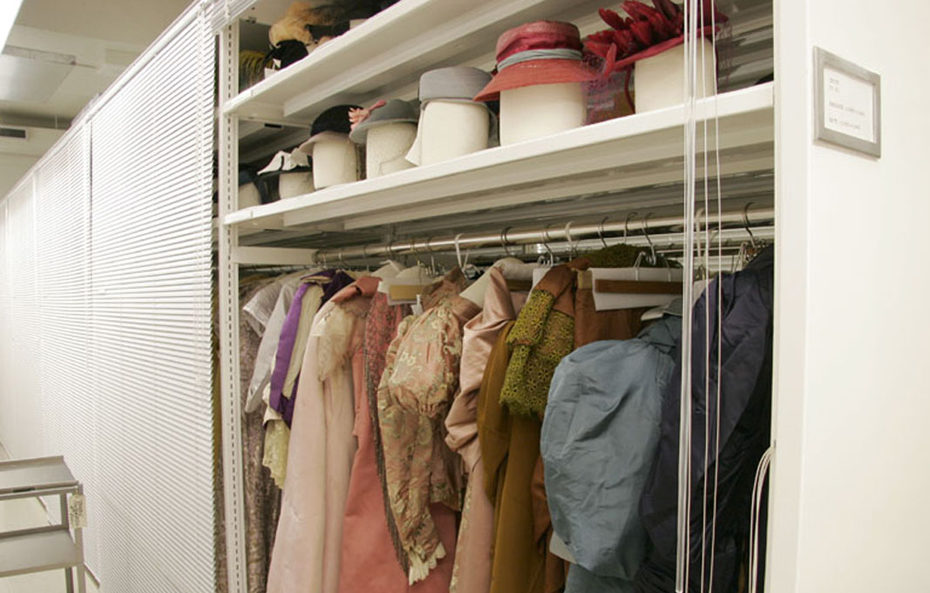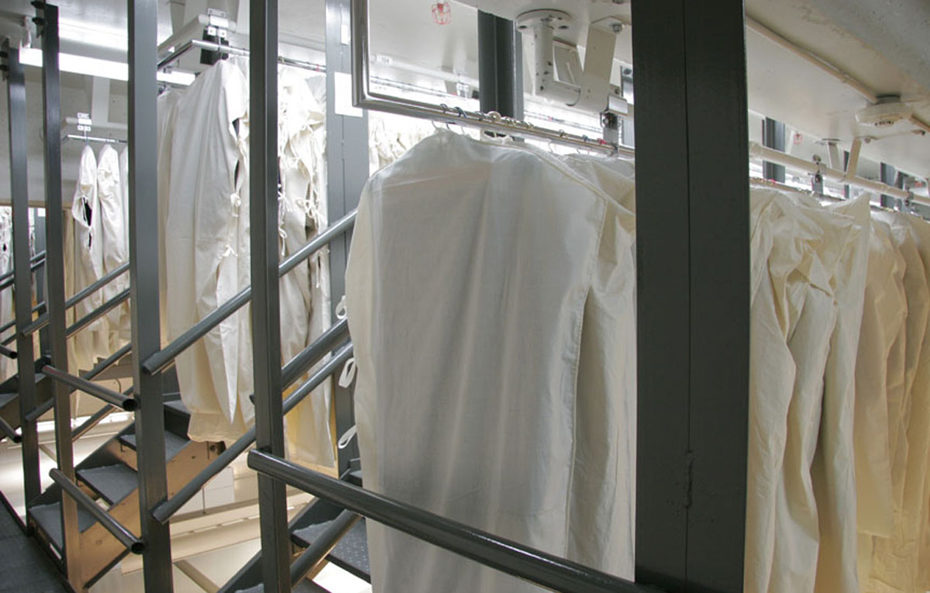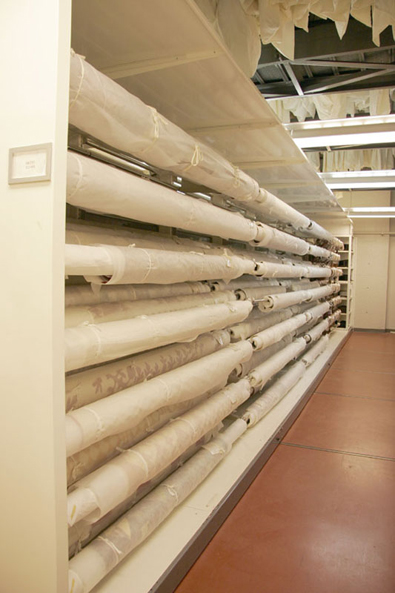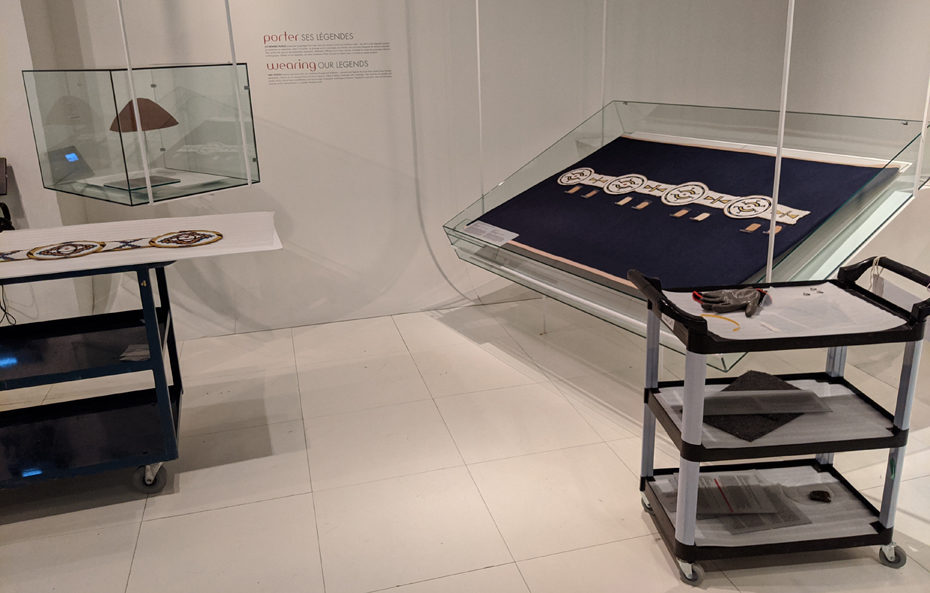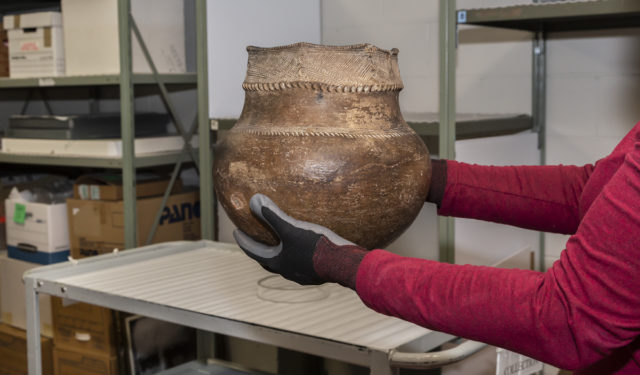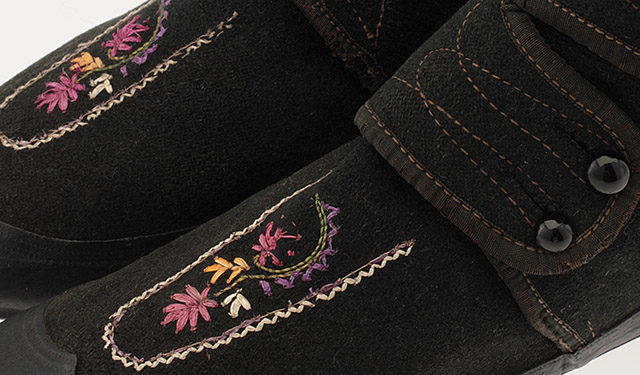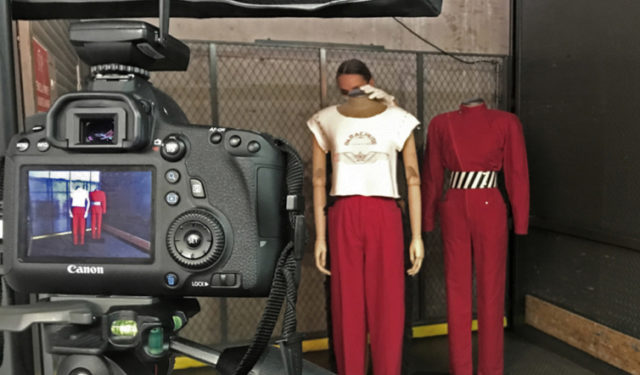Object rotation: An essential conservation tool
Requiring meticulous planning, the rotation of objects in the Museum's permanent exhibitions is vital to their preservation.
The Stewart Museum’s History and Memory, which explores five centuries of a history that stretches back several millennia in what is now Canada, opened in 2010, and the McCord Museum’s Wearing our Identity, which looks at clothing as a means of communicating Indigenous identity, opened in 2013. Although very different, these shows do have something in common—as so-called “permanent” exhibitions, both require rotation.
WHAT IS THE MEANING AND PURPOSE OF A "ROTATION" IN A MUSEUM?
The term “rotation” is a little misleading in this context because it does not refer to revolving an object, but rather to substituting it with another. The mission of the McCord Stewart Museum is to acquire, preserve, display and promote its collections. To this end, it has 14 different storage areas for conserving its artefacts. Each area requires specific environmental conditions (temperature, humidity, light) to optimize the preservation of the various types of objects.
Mounting permanent and temporary exhibitions is one of the primary ways the Museum shares its collections with the public. When an artefact is put on display, especially for a long period of time, the curator is faced with a serious dilemma: subjecting the object to less-than-optimal, or even harmful, environmental conditions. In addition to the risk of theft and vandalism, the item is exposed to vibrations, dust, fluctuations in temperature and humidity, and, even more devastating, the effects of light. To minimize potential damage to objects, the museum must periodically rotate the objects on display, at an interval determined by the conservation department.
Given the fragility of the materials on display in Wearing our Identity, which include natural pigments, textiles and skins, 85% of the works (approximately one hundred objects) are replaced every year. Thus, the six rotations carried out since the exhibition opened have involved some 600 items. It is an enormous job for the Museum team to prepare these rotated artefacts for display. The list of tasks includes conservation treatments, photography, making exhibition supports, and writing descriptive labels.
Ideally, and this was the case for Wearing our Identity, all object rotations are selected before the exhibition even opens. This guarantees that there are enough substitute artefacts to occupy the same display spaces and convey the same messages for the duration of the exhibition. In other cases, such as History and Memory, rotations are determined after the exhibition has opened, which complicates the process of selecting artefacts and organizing the team’s work. Nonetheless, the Museum is dedicated to the practice of rotation as a way of preserving the longevity of its collections.

